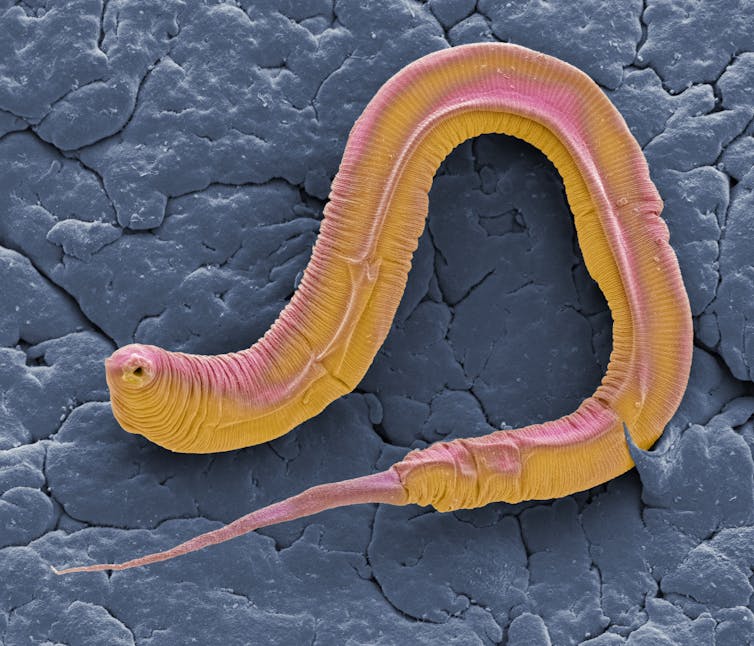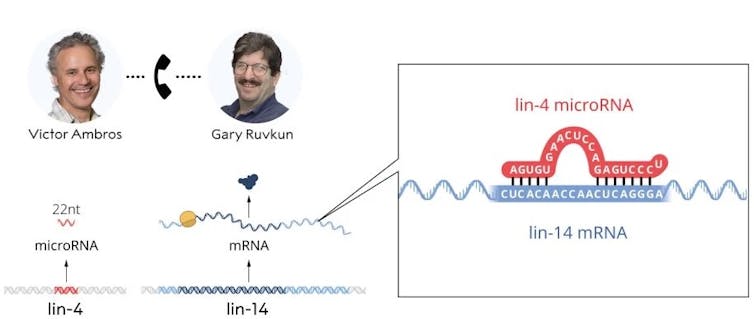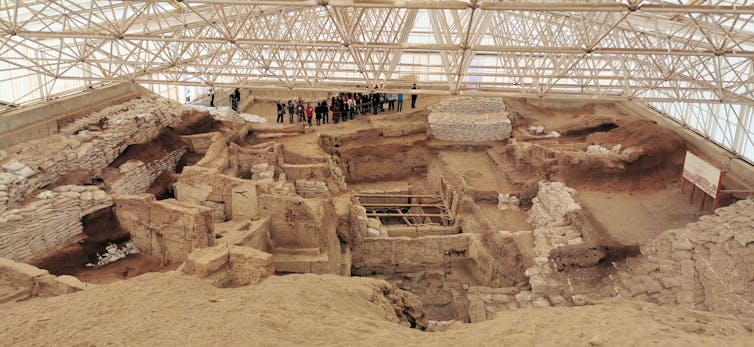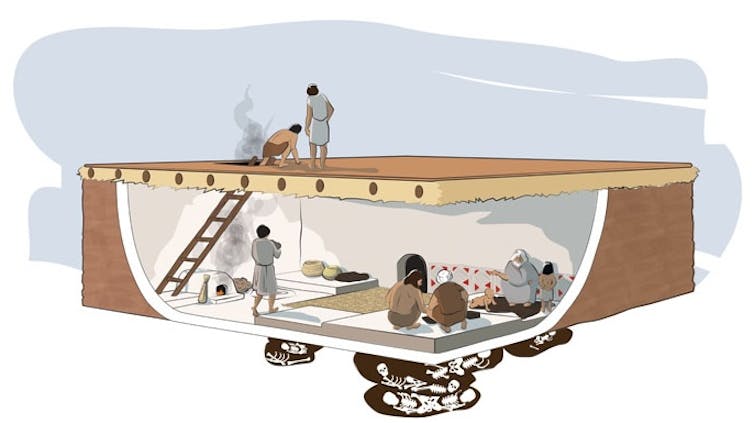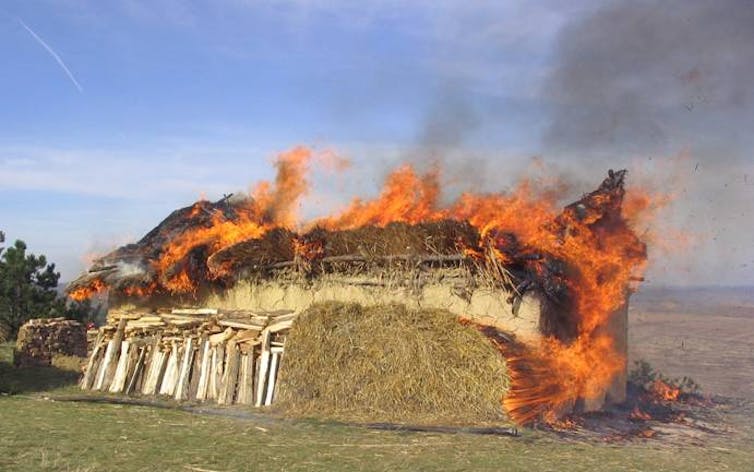Agence France-Presse
October 18, 2024

Beijing has said it has 'full confidence' in achieving its annual growth goal of five percent, but economists say more direct fiscal stimulus is needed to revive activity (GREG BAKER/AFP)
Workers in China's capital voiced worries about their economic prospects on Friday, after Beijing posted its worst quarterly growth in over a year that it's hoping to correct with a slew of stimulus measures.
The 4.6 percent expansion in July-September is the latest evidence that the country's post-pandemic recovery continues to sputter, as it suffers from sluggish consumption and a prolonged property sector crisis.
While officials have launched a string of policies over the past two years to reignite economic activity, they have had little effect.
"The economic situation is that it's very difficult to make money now," said 52-year-old coach driver Wang Youlong, who was taking a break before picking up a group of overseas tourists.
"My salary is too low, and sometimes (the company) doesn't send it on time."
There are hopes that a raft of stimulus unveiled since late last month will finally put the country back on track, but there is a worry that authorities are still not doing enough.
Wang said he thought every job was "difficult" at the moment.
His son had recently been forced to take a 3,000-yuan ($422) monthly pay cut, he told AFP, but still feared he might be let go in the future.
"You work today and don't know whether they'll want you to work tomorrow... employment is a big problem," he sighed.
In its announcement on Friday, the National Bureau of Statistics acknowledged a "complicated and severe external environment... as well as new problems of domestic economic development".
- Hoping for the 'bazooka' -
The measures unveiled last month were aimed at kickstarting consumption and addressing a painful debt crisis in the real estate sector.
The announcements -- the most far-reaching in years -- set off a blistering market rally fueled by hopes for a long-awaited "bazooka" stimulus, but optimism has since tapered as a series of briefings left investors wanting.
Coach driver Wang said he hadn't noticed any benefits to his own life.
"It's not worth mentioning buying a house in Beijing, even in my hometown we can't afford it," he said.
In Beijing, people told AFP they remained cautious about spending.
A 25-year-old sales worker, also surnamed Wang, said she bought luxury items "less frequently than before".
"I don't have many sources of income and I hope to save some money," she told AFP.
"(Beijing) isn't particularly affordable for regular wage workers."
Others were more sanguine.
"People may be pessimistic about the situation... but for me, I actually feel quite normal," Shiyi, a short-video industry worker, told AFP.
"The industry I work in is still in quite a trending state, so for now it will be affected but not too much."
Even so, Shiyi is holding off on large purchases.
"Property prices are quite tempting right now, but I still want to earn more first (before buying)."
Liu, a 55-year-old pharmaceutical worker who asked to only use his surname, said he thought "the economy isn't the same as five or even 10 years ago".
"But I think for Beijingers the level of the economy is quite developed," he said.
"I hope the economy will improve, but I can't judge if it will."




